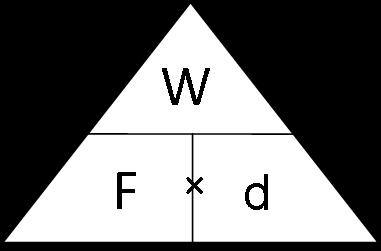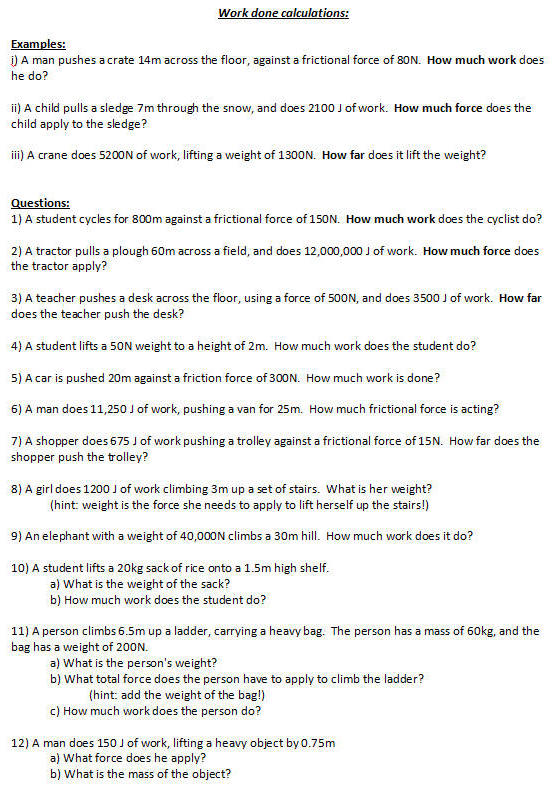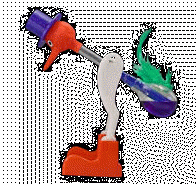|
Work Done
Objectives
• Know that work is done when energy is transferred to
an object - e.g. by using a force to move an object through a distance.
• Know that work is measured in units of Joules.
• Be able to use the formula W = F × d to solve
numerical problems involving forces and work done.
Task 1 - Starter/recap
| Remind the person next to you: • What is meant by the elastic region of
a spring?
• What is meant by the plastic region of
a spring?
• In which region does Hooke's Law apply?
• What is the weight of 1kg on Earth?
• What is the weight of 50kg on Earth?
|
.jpg) |
1. A spring extends by 0.05m when a force of 9N is
applied. Calculate the spring constant.
2. A spring in a child's pop-up toy has a spring
constant of 40 Nm-1. Calculate the extension produced
when a force of 3N is applied. Convert your answer into
centimetres.
3. A spring used for car suspension has a spring
constant of 4900 Nm-1. What force is required to
produce an extension of 10cm?
Task 2
Discuss with the person next to you:
• What does "doing work" mean?
• What about "working out?"
• What is the difference between doing schoolwork and
working out?
Your teacher will ask you to share some of your ideas
with the rest of the class and show you
this
powerpoint presentation, which gives examples of situations where
work is being done.
Task 3
|
Work is done when energy is transferred to an object, and so
work done (just like energy) is measured in Joules. Work is always
done when a force is used to move something through a distance, against
an opposing force. The amount of work done can be calculated simply, using
the formula below. |
|
W = F × d
|
W = Work done, measured in Joules (J)
F = Force
applied, measured
in Newtons (N)
d = distance, measured in metres (m) |
Copy the text and formula above into your
exercise book. You may also wish to show the formula as an
equation triangle.

Note: the formula is given in the examination,
but the equation triangle is not given. If you find it
easier to use the equation triangle then it is up to you to remember it!
Task 4
Try
these questions. Show full working for all your calculations.
Your teacher will show you how to lay out the first one.
Or try out
these questions:

|

